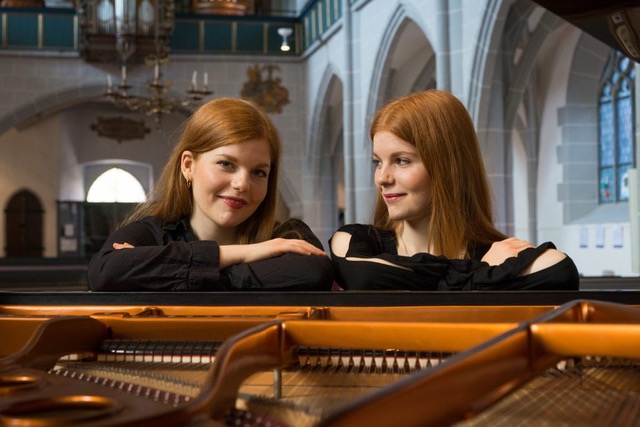
Clara & Marie Becker in a creation of Pauchi Sasaki at Dresden festival (2022)

Katia and Marielle Labeque Foundation in association with Momentum:
our future, now is an investment in classical music and of musicians - from the older generation to the younger generation. Born of urgency, Momentum's vision is conceived with long-term staying power.
Created by Barbara Hannigan, Momentum is a growing collective of leading solo artists (singers, instrumentalists, conductors) who have pledged to act now to support young artists in the first substantial phase of their career, with the support of presenting orchestras, organisations, halls and festivals.
The leading artist shares his/her main-stage performance opportunity with a young, professional singer or instrumentalist.
It is critical that the young professional artist is of high quality, ready to hold their own and occupy the stage or podium with authority, gaining recognition for the next major phase of their career.
Tu 07.06.2022, 19:30 Festspielhaus Hellerau, Großer Saal, 19:30
DRESDNER MUSIKFESTSPIELE IN COOPERATION WITH HELLERAU – EUROPEAN CENTRE FOR THE ARTS, AND KINDLY SUPPORTED BY THE FOUNDATION KUNST UND MUSIK FÜR DRESDEN
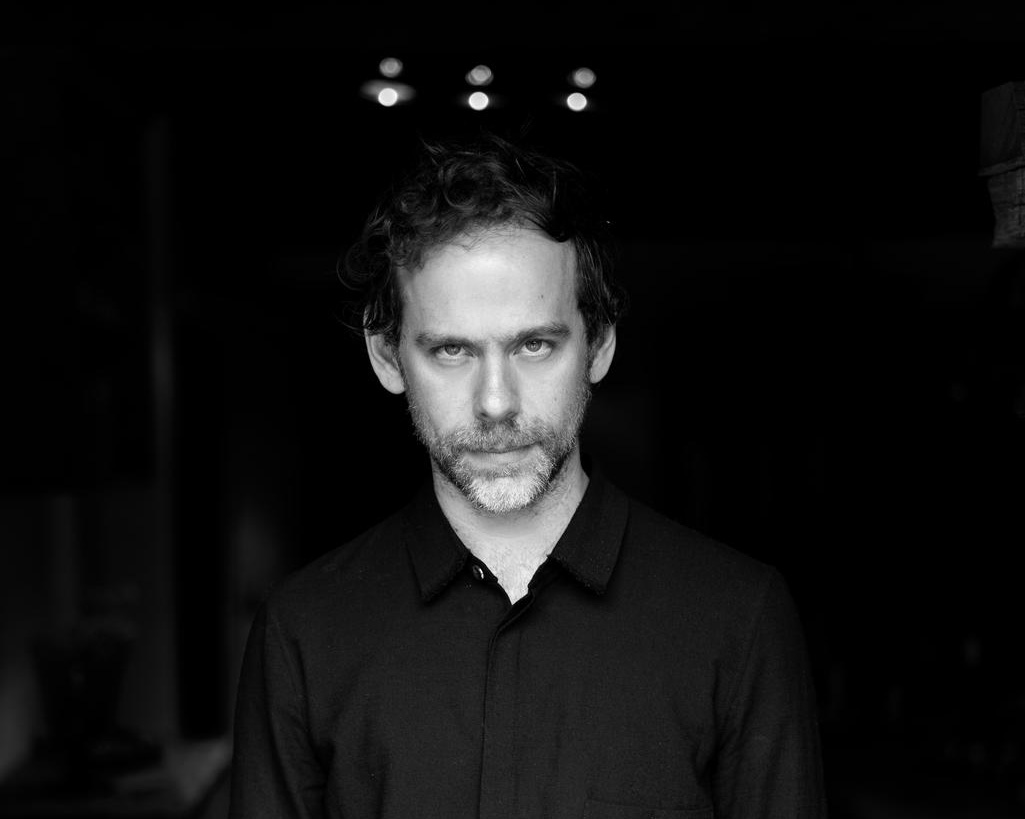
BRYCE DESSNER CONCERTO FOR TWO PIANOS (2019)

Concerto for Two Pianos written for Katia and Marielle Labèque and premiered by London Philharmonic Orchestra and subsequently performed by co-commissioners Orchestre de Paris, Borusan Philharmonic, Dresden Philharmonie and Orquesta Nacional de Espanã, with the US premiere taking place in September 2019;
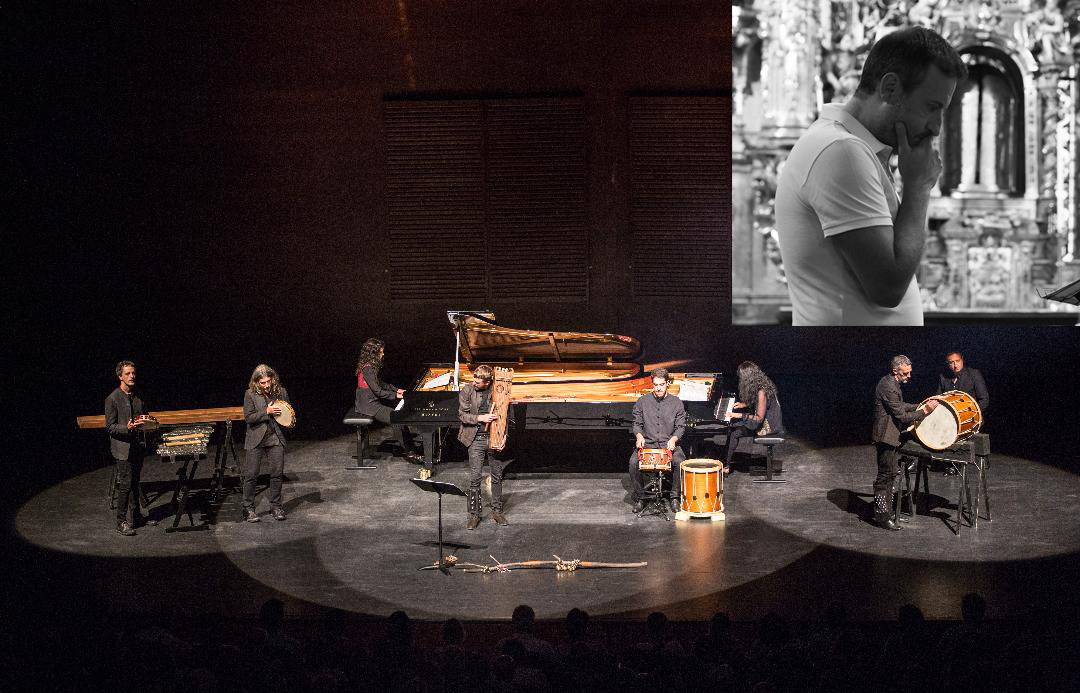
AMORIA (2018)

«AMORIA» A journey on basque music from 16th to 21st century.
Paying tribute to their Basque roots, Katia and Marielle Labèque present Amoria. Alongside the ensemble Hegiak, the countertenor Carlos Mena, the Escolanía Easo Araoz Gazte choir and Elena Murguia Erreta on the viola da gamba, the two pianists reassess five centuries of Basque music, from the Renaissance to the present day.

WEST SIDE STORY (2017)

West Side Story is probably Bernstein's masterpiece .. Ever since the highly favorable critical and audience reception at New York's Winter Garner Theatre on Broadway, September 26, 1957, and the phenomenal success of Robert Wise's film adaptation in 1961, this contemporary urban version of Romeo and Juliet has never ceased to move spectators and fill them with enthusiasm.
It was Bernstein who asked Irwin Kostal ( the original orchestrator with Sid Ramin of West Side Story) to produce an arrangement for the duo-pianists Katia and Marielle Labèque. This suite of 17 pieces is the only approved and authorized version for two pianos and percussion by Leonard Bernstein himself .It includes an assortment of dances and songs, which appear in a new light. Thanks to his perfect knowledge of the score, Kostal succeeds in giving his small ensemble an orchestral fullness. The seeming monochromy of the two pianos, far from making the music dull, allows us to appreciate a harmonic language that is simple yet quite subtle, in the service of the composer's enormous talents as a melodist. Deprived of the lyric dimension provided by the voices, the songs unfold their phrases with unsuspected naturalness and authenticity.
Max Noubel
LEONARD BERNSTEIN
(August 25, 1918 – October 14, 1990)
Bernstein told Rolling Stone:
'Everyone told us that [West Side Story] was an impossible project... And we were told no one was going to be able to sing augmented fourths, as with 'Ma-ri-a'... Also, they said the score was too rangy for pop music... Besides, who wanted to see a show in which the first-act curtain comes down on two dead bodies lying on the stage?... And then we had the really tough problem of casting it, because the characters had to be able not only to sing but dance and act and be taken for teenagers. Ultimately, some of the cast were teenagers, some were 21, some were 30 but looked 16. Some were wonderful singers but couldn't dance very well, or vice versa ... and if they could do both, they couldn't act.
arrangement for two pianos and percussion by Irwin Kostal
IRWIN KOSTAL (October 1911 - November 1994) was an American musical arranger of films and an orchestrator of Broadway musicals. He did the original orchestration of West Side Story. His work won both an Oscar and a Grammy Award He conducted the digital re-recording of the music to Walt Disney's 1940 animated feature Fantasia. At the request of Leonard Berstein, he did the arrangement of 'West Side Story' for Katia and Marielle Labèque. In 2004 he was named a Disney Legend in recognition of his contributions to films released by the studio.
In 2018 took place "Leonard Bernstein at 100" the world-wide celebration of the 100th birthday of Leonard Bernstein, the composer, conductor, educator, musician, cultural ambassador, and humanitarian.
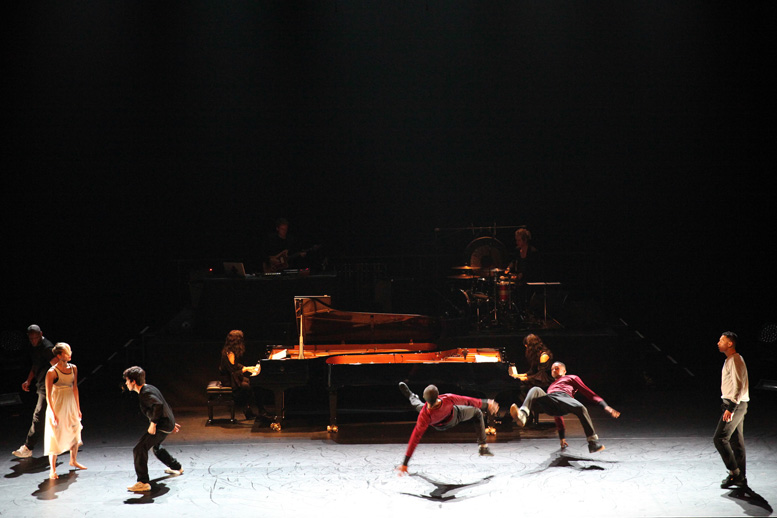
STAR-CROSS'D LOVERS (2015)

Star Cross'd Lovers teaser
"Star-Cross'd Lovers" video by NxV
"Two households, both alike in dignity,
In fair Verona, where we lay our scene,
From ancient grudge break new mutiny,
Where civil blood makes civil hands unclean.
From forth the fatal loins of these two foes
A pair of star-cross'd lovers take their life [...]"
William Shakespeare, 1595
David Chalmin has collaborated with Katia & Marielle Labèque on numerous occasions, in particular on the Minimalist Dream House project. His new 30-minute break-dance ballet, Star-cross’d lovers tinged with Minimalism, rock and electro.
Shakespeare’s timeless theme of impossible love allowed the composer and the choreographer, Yaman Okur, to play on tension and resolution, violence and harmony, antagonisms and similarities, love and hatred.
A producer of classical music as well as experimental rock, Chalmin constantly builds bridges between different musical universes. In Katia and Marielle Labèque he found allies who continuously break down barriers. As they were able to do with Gershwin or The Beatles, they continue to demonstrate that rock, Minimalism, or electronics can cohabit with classical pianos and that contemporary music can be living and close to pop music without being elitist.
In the same way, Yaman Okur shows us that break-dancing is not limited to solo improvisation or street battles but can also be written and danced by a group and have a place in concert halls alongside classical soloists. His numerous experiences with Madonna or the Cirque du Soleil have enabled him to develop a professionalism and rigour that complement his visionary talents, making him a veritable contemporary choreographer and not simply a B-boy trained in the street.
The result of Chalmin’s encounter with Okur is a topical work based on universal, accessible themes, which, for all that, is never facile. Experimentation is of the essence, and we fluctuate between amorous dances accompanied by two romantic pianos inspired by Schubert or Chopin, and rock explosions illustrating gang wars by way of Minimalist electronic celebrations that could bring certain Berlin parties to mind…
Premiered at the Paris Philharmonie in May 2015, with the support of Fondazione KML and Academie Internationale de la Danse Paris, Star-Cross'd Lovers is the fruit of a coproduction between the Paris Philharmonie, Zaubersee Festival Luzern, Konzerthaus Dortmund, Bordeaux Auditorium.
Performance dates
9-10 mai 2015 : Philharmonie de Paris
16 mai 2015 : KKL Luzern
27 novembre 2015 : Konzerthaus Dortmund
20 février 2016 : Auditorium de Bordeaux
Yaman Okur : choreography
Katia & Marielle Labèque: pianos
David Chalmin: musical score, electric guitar & electronics
Raphael Seguinier: drums & percussions
Yaman Okur
https://www.youtube.com/watch?v=7xyNTKfYcus
David Chalmin
Raphael Seguinier Bio
TV Le Grand 8 with Laurence Ferrari / Cité de la Musique Link 1
TV Le Grand 8 with Laurence Ferrari / Cité de la Musique Link 2
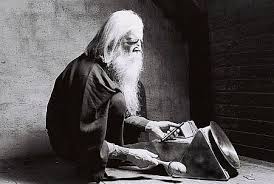
MOONDOG (2015)
In April 2015, we presented a new project around Moondog's music, commissioned for King's Place in London, in continuity to our 2011 work on Minimalist composers.
MINIMALISM UNWRAPPED
Ubunoir: Moondog
Anyone wondering whether musical Minimalism grew out of something in the air in post-War New York would only have to point to the composer and performer Louis T. Hardin (1916–1999), better known as Moondog. At first, Moondog’s music seems to come from the same sources as nurtured Reich, Riley, Glass and Young’s development of Minimalism in the 1960s: rounds and canons, music from south and east Asia, experiments with overtones and the harmonic series, jazz, and repetitive percussion. Yet that is only part of the story, because while those four composers, and others of the early minimal canon, were connected as friends, colleagues and collaborators, Moondog lived a life apart. What’s more, he had begun experimenting with these ideas more than a decade before, in the early 1950s.
A principled – if eccentric – objector to capitalist exploitation, Moondog chose to live on the Manhattan streets (he owned land in upstate New York that he rarely visited), and wore remarkable clothes (most often those of a Viking warrior) to avoid conforming to the dictates of the fashion industry. His earliest pieces, such as Oboe Round, All is Loneliness and To a Sea Horse, were made on the street, often on home-made instruments and incorporating the sounds of the city. Despite his outsider appearance, Moondog was widely respected among New York musicians in the late 1940s and early 1950s. The conductor Artur Rodziński allowed him the rare honour of sitting in on New York Philharmonic rehearsals; Charlie Parker suggested they make a record together. That never happened, although Bird’s Lament is Moondog’s memorial to the great saxophonist.
Because of its origins as street music and in the personality of its creator, it is difficult to produce faithful performances of Moondog’s music. In the first half of tonight’s concert, the percussion and guitar duo of Ubunoir present a creative reworking of five short pieces, extended using electronic loops, layering and other contemporary techniques anticipated in Moondog’s own music, and to which he would surely have been sympathetic. The second half features arrangements of six more pieces that are closer to their originals. In the interval Moondog’s hypnotic tape piece Cosmic Meditation, a slow canon based on the first nine overtones of the harmonic spectrum – which he believed held the secret structure of the universe – will be played.
Tim Rutherford-Johnson
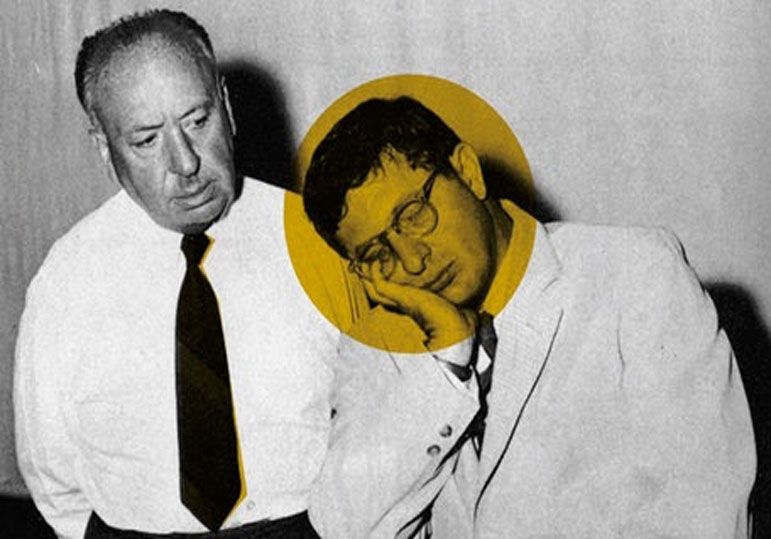
THE BERNARD HERRMANN CONCERT PROJECT (2014)

This project will be presented in its concert version as a co-production between WDR Köln and KML on the 24th of May 2014 in Köln.
It will include arrangements of Herrmann's music by Nicola Tescari and David Chalmin performed by:
Katia Labèque (piano)
David Chalmin (guitars/electronics)
Raphaël Séguinier (drums)
Alexandre Maillard (bass)
WDR Rundfunkorchester Köln, conducted by Nicola Tescari
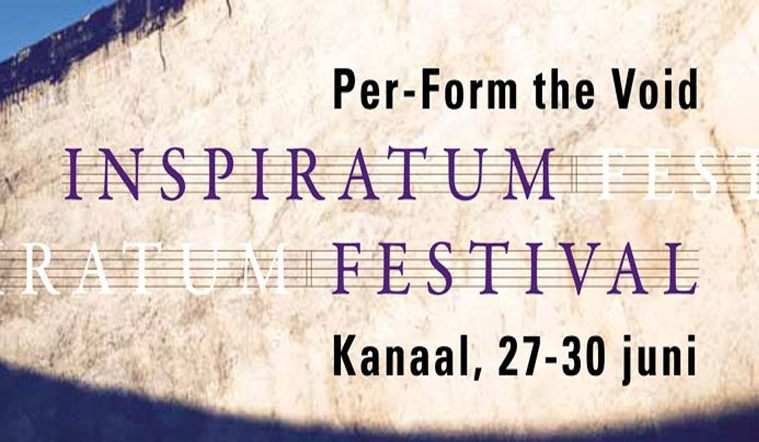
INSPIRATUM FESTIVAL PER-FORM THE VOID - VIDEOLOGS (2014)

KML Foundation have collaborated for the first edition of Inspiratum Festival . The festival program, based on the concept of the exhibition “Destroy the Picture, Painting the Void, was a musical ode and counterpoint to this maxim with contemporary work from both Eastern and Western composers, sound and video artists, including improvisation, spontaneous composition and dance in confrontation with the avant-garde music of the 15th, 16th and 17th century.
Nathalie Joffre is an artist based in London and Paris working with video and photography, together with Vincent Perrault she captured the theme ‘Per-Form the Void’ with excerpts from the concerts, performances and installations in a video film. The featured interviews with the key artists and artistic direction of Inspiratum elaborate on their inspiration and vision for this first Festival.
Additionaly American visual artist and musician Kurt Ralske made 3 video logs during the Festival.
Please check links below:
Inspiratum Festival 2014, by Nathalie Joffre & Vincent Perrault
Inspiratum Festival, Outdoor video installations by Kurt Ralske
Inspiratum Festival / Hermes Ensemble + Rediscovering Futurist Cinema, by Kurt Ralske
Inspiratum Festival. Ryoji Ikeda performance 27 June 2014 by Kurt Ralske

UBUNOIR (2014)

Drummer / electronics Raphaël Séguinier and producer / guitarist / singer David Chalmin recently teamed up to form Ubunoir, a dark rock / electronic duet, travelling somewhere between post-rock landscapes and contemporary indie.
They're working on their first self-produced EP to be released in 2014.
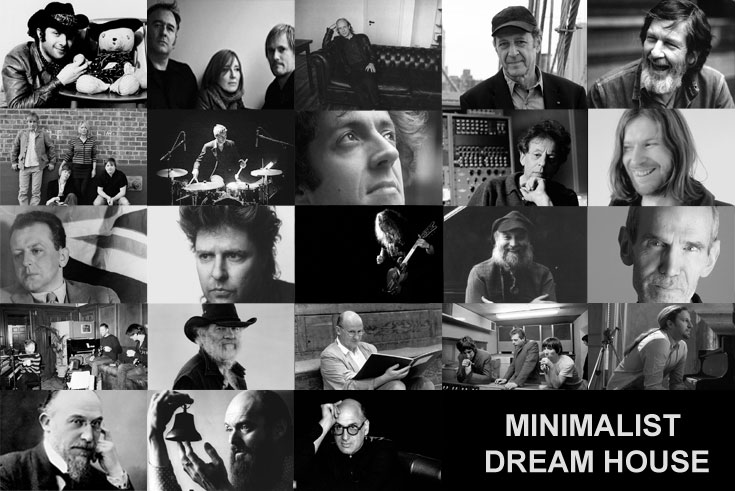
MINIMALIST DREAM HOUSE (2013)

To be musically avant-garde in the 1950s meant to be difficult. Not by the end of the 1960s. That decade saw a group of American beatniks overthrow the musical givens of postwar Europe. In a series of disobediently straightforward compositions La Monte Young, Terry Jennings, Terry Riley, Steve Reich and Philip Glass declared that music could be clear, honest, pretty and experimental. Turning their backs on the conventional centres of musical power, the earliest minimalist works got their first public audience in La Monte Young's 1960-61 Chamber Street Series in Yoko Ono's New York loft. Through the 1960s in art galleries and alternative spaces, the minimalists slowly demystified, democratised and Americanised European modernism. They rejected the angst (what Philip Glass would call "crazy creepy music"). They rejected the invisible games. They rejected the theatricality. "I don't know any secrets of structure that you can't hear," wrote Steve Reich in his 1968 minimalist manifesto, Music as a Gradual Process. Minimalism claimed that there was enough interest in the sounding process itself and enough new territory to be explored in rhythmic patterning to sustain a work. If one removed the Baroque complications - the harmonic story-telling and thematic cleverness - that were obscuring the natural beauties of rhythm and sound, what would be revealed and discovered could provide classical music with a new lease of life. They were right. Minimalism was the last great musical revolution of the 20th century. And it became the most influential and successful ism of them all. In the spirit of the loft concerts we also present new works by David Chalmin, Raphael Seguinier.
Cité de la Musique/Facebook/events
MUSICIANS
Katia & Marielle Labèque
David Chalmin
Alexandre Maillard
Raphaël Séguinier
LINKS
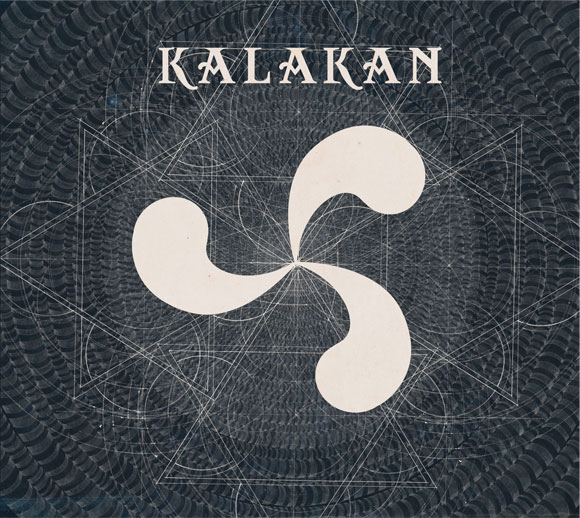
KALAKAN (2011)

The KML Foundation supported Basque Trio Kalakan to help them bringing the traditional music to classical concerts hall since 2008 and producing their first album who was released in February 2011.
They are touring regularly with Katia and Marielle Labeque in their unique version of Ravel's BOLERO for two pianos and basque percussion. The two pianos score is by Ravel himself when the arrangement of added basque percussions has been done by Kalakan.
WORKSHOP
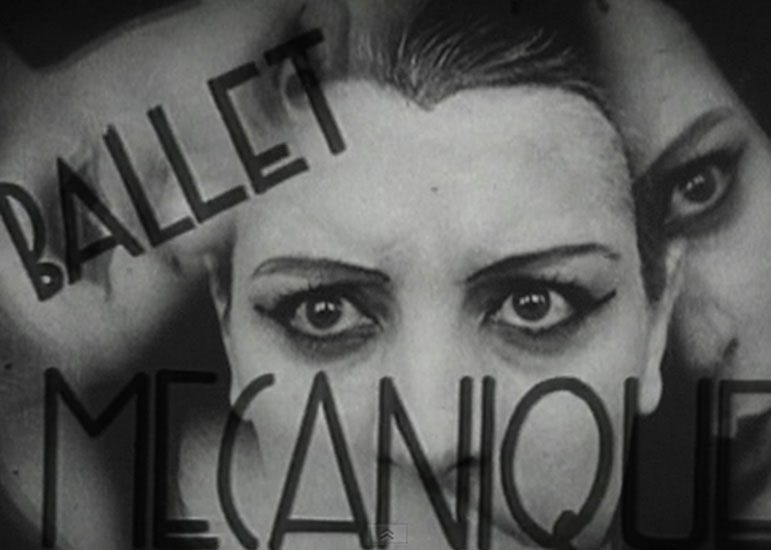
THE FERNAND LEGER'S BALLET MECHANIQUE

The Fernand Leger's Ballet Mechanique (above) and the Steve Reich's City Life video projects will be directed by Jérôme Bosc and performed by Katia and Marielle.

HOMMAGE A RAVEL

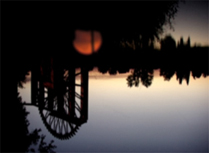
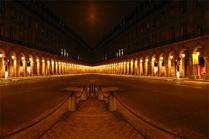
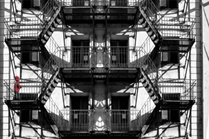
Antonin Martin-Hilbert, Maxime Chard-Hutchinson and Vincent Perrault' Hommage à Ravel project.
ARCHIVIO
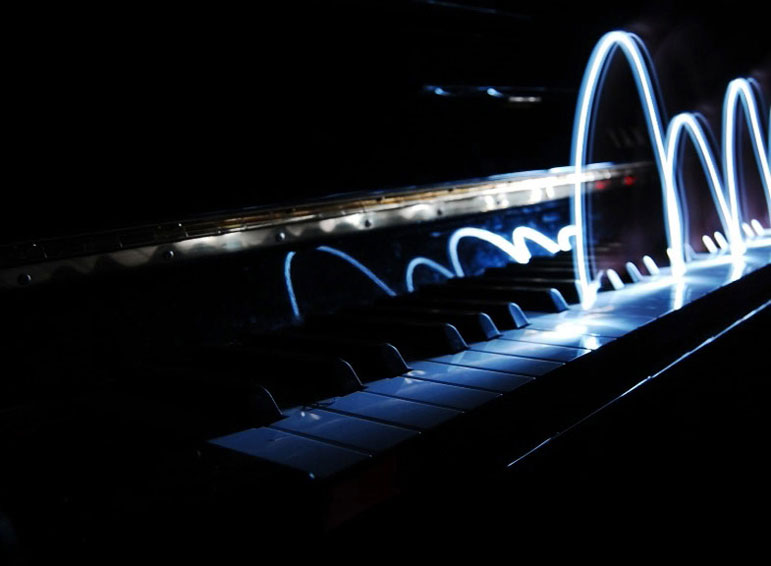
ROUNDHOUSE
Collaboration with young video artists

Katia and Marielle returned to the Roundhouse, the venue where they made their UK debut as part of Reverb Roundhouse Concerts, a series which explores the many sides of music. As part of the concert, the Labèque sisters collaborated with young video artists from the pioneering Roundhouse Studios on a new film.
Aspiring video artists, aged 17-25, worked with SDNA, the leading creative digital agency, on a project which explores myriad ways to create visual imagery and video content for music. The film was developed in a series of intensive creative sessions in advance of the concert, using the music by Satie, Debussy and Stravinsky that Katia and Marielle performed at the Roundhouse. Live footage of the concert itself was also integrated into the final work, with the film shown as part of the concert on 31 January.
The Roundhouse is one of London's leading performing arts venues and, as a charity, it helps thousands of young people every year.
Following an extensive refurbishment in 2006, more than half a million people have been to music, theatre, dance and circus events, and 15,000 11-25 year olds have developed their talents in the Studios. The Roundhouse delivers creative projects for many of Londons young people from all backgrounds including radio (with a dedicated radio station run by and for young people), music production, drama, poetry, TV, sound engineering, photography, VJ skills and much more.
Reverb also features collaborations between young musicians from Roundhouse Studios and the Main House, with a particular focus on the work of the Roundhouse Choir and Roundhouse Collective. Roundhouse Choir is a vocal ensemble for young people which performs at the Roundhouse and at arts venues across London. The Roundhouse Collective, a group of talented young musicians, champions new music at the Roundhouse, and features musicians from different musical backgrounds, styles of music and ranges of instruments.
with:
Krystle Torio
Meng Valeria
Roman Knipping
Sorokin - Paria Kamyab
John Lung
Dannielle Harper
Sinead McCarthy
Mubarak Ahmed
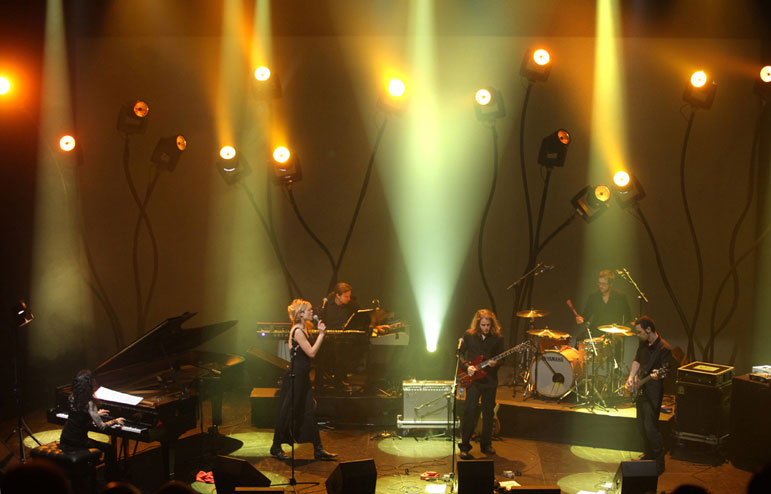
B FOR BANG
Across the Universe of Languages
A re-interpretation of the Beatles songs and universe in a blend of classical, pop instrumentation and visual performance.

Photo by Nacho Carretero
"An organic creature, with communicating vessels between impressionism and expressionism, poetry, the sounds of the city in the 20th century, the windrose of the band from Liverpool...".
Luis Martin
First came the razing of genre walls. Now come the celebrations. Experimental rockers, B for Bang, return to The Beatles for their vivid second album, exposing twelve more of the Fab Four's works to a firestorm of modern styles. Classic songs collide with the kinetic beats and bounce of the worlds of drum 'n' bass, trip hop, alternative rock and contemporary classical music to form a 21-st century forest fire of sound.
We swing from exotic tree to exotic tree, roused to a fast-running euphoria in Get Back, lulled by a trip-hop simplicity in the clearing that is I Me Mine and rushed out of a jungly reality in the infectious and offbeat tangle of When I'm Sixty-Four, to name just three. It's a kind of musical alchemy.
So now meet the alchemists: alternative rocker David Chalmin, composing bassist Massimo Pupillo, contemporary classical maestro Nicola Tescari, electronic wizard Fabio 'Reeks' Recchia, and avant-garde virtuoso Katia Labeque, whose resonant grand piano roots this medley of styles. Singers Chalmin, Meg and Nadeah guide us through the alchemical jungle.
B for Bang:
Katia & Marielle Labèque
David Chalmin
Alexandre Maillard
Raphaël Séguinier
Nicola Tescari
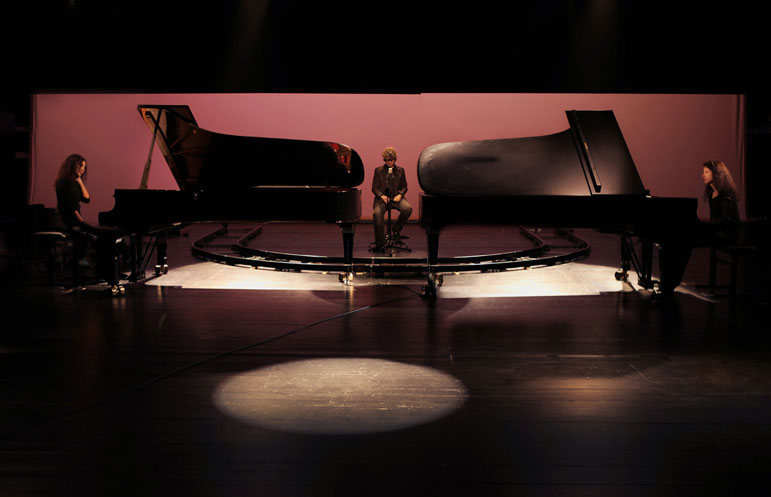
DE FUEGO Y DE AGUA
Mayté Martin

Photo by Umberto Nicoletti
de fuego y de agua '
...how it was born...
'The best female flamenco voice of her generation, undoubtedly; the most complete 'cantaora'. She sings everything, and she sings everything well. At this rate, this 'cantaora' will add her name to the great ones in history.'
'A profound emotion that comes from within, from deep inside us, from the very depths of our being. From that intangible region where dreams and hopes are born. Where fire and water are one and the same. Here is popular music in the most literal sense of the term: of the people, for the people. Music that is profound and at the same time accessible, cutting and caressing, which was born of the land and unconsciously evolved into fiestas and processions, which has sharpened its steel in love affairs and disappointments, in droughts and downpours, between famine and abundance washed down with aromatic wines'
~ Miguel Jurado ~
The refined elegance of the classical piano meets the sensual magic of the flamenco in this passionate evening of Spanish music featuring three of the world’s most intrepid and charismatic female artists. Hailed by The New York Times as “the best piano duet in front of an audience today,” France’s Katia and Marielle Labéque dazzle crowds with their wide emotional range, technical fireworks and exquisite lyricism. They are joined by the premier female flamenco vocalist of her generation, Catalonian singer Mayte Martin, whose stunning voice, powerful range and inventive phrasing “transcends flamboyant theatrics to go straight to the heart of the art form” [The Boston Globe]. Their program includes works from their new collaborative recording De Fuego y de Agua, featuring soulful renditions of Spanish classics
Mayte Martín is widely recognised as one of the most important flamenco voices of her generation.
de fuego y de agua'
...cómo nació...
creo que fue en abril de 2005 cuando recibí la noticia de que las hermanas labèque me buscaban para realizar conmigo un proyecto basado en música española.
...how it was born...
'I think it was in april 2005 that i was told the Labèque sisters were looking for me to do project on Spanish music my heart swelled when I realised that, of all the voices that Katia and Marielle could have chosen to carry out their ideas, they had chosen mine. And, what's more, I swear that if I'd had to choose between knowing the human or the artistic side of the Labèque sisters, I would have chosen the former, for I met two absolutely delightful women, generous and honest, of quite extraordinary quality and warmth Joan Albert Amargós wrote the most amazing arrangements, and the three of us began seducing each other the old way: slowly, with respect and subtlety. We created the repertoire and style of the show without a single problem of understanding or conflict of interests. All three of us wanted the same thing, and we found it by working hand in hand, taking advantage of each moment in which we could see our project growing and becoming more beautiful each idea, each proposition, each rehearsal and each tisane was a great event for me. And in each minute that i shared with them i was conscious of how lucky i was, of the fact that all my life I had wanted something like this to happen to me because i have always felt close to classical music and opera. In fact, Katia and Marielle had heard me singing some of my own music on compilation recordings. They asked me to include in the programme some pieces I'd composed myself, and I showed them unpublished themes I had written in deliberately classical arrangements. They chose three which are recorded on our cd i hope that what is heard on this record will reflect all the love and excitement of those who nurtured this project; because if that is so, i'm sure you will enjoy it almost as much as i do'.
~ Mayte Martin ~
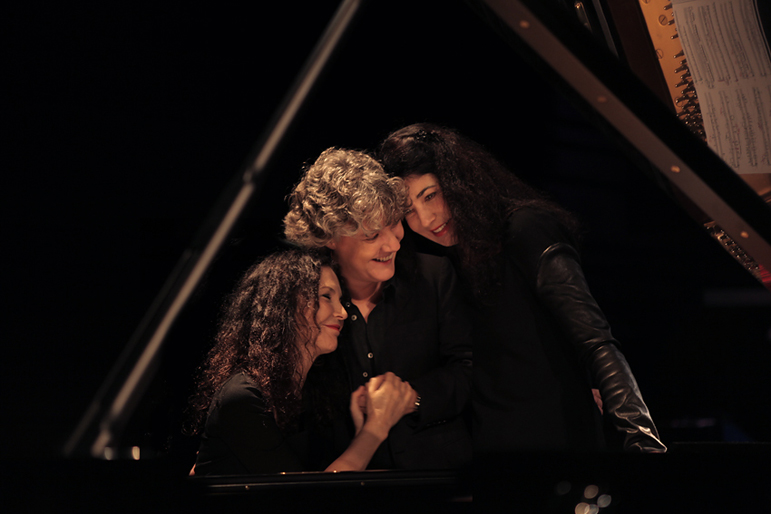
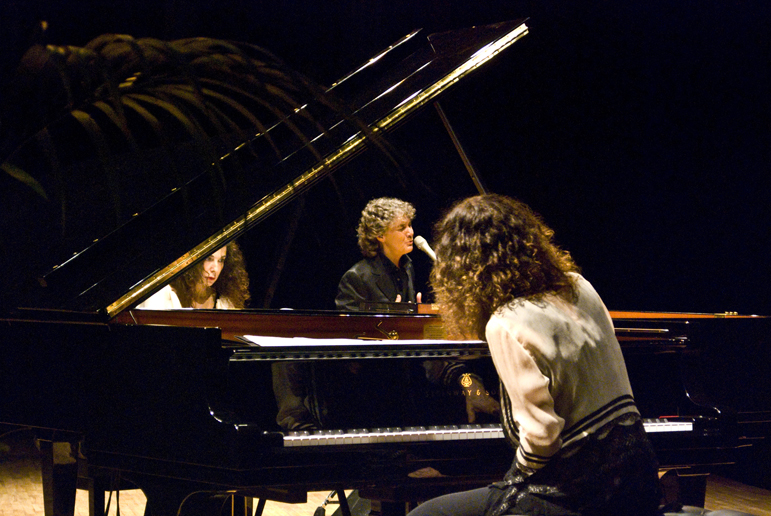

RED VELVET

The alternative musical scene has given birth to an outstanding rock duet. Red Velvet features the subtle balance of intense songwriting and sharp arrangements.
David Chalmins pure and poignant voice, sustained by his genuine guitar playing, encounters Reeks creative drums, analog bass and electronics.
Red Velvet has produced its debut album released worldwide by Sonic Invaders in march 2009.
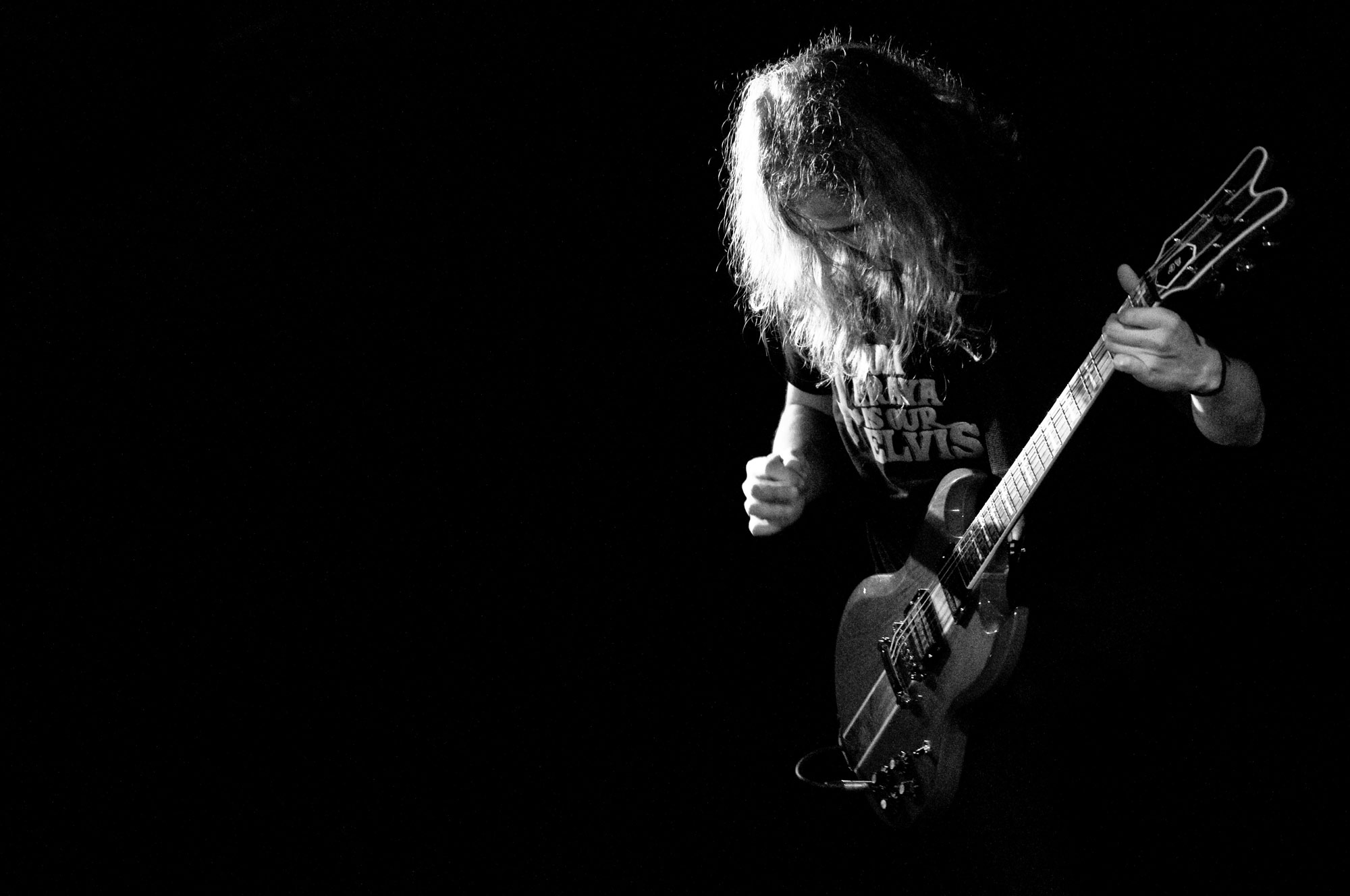
David Chalmin

Reeks & David Chalmin
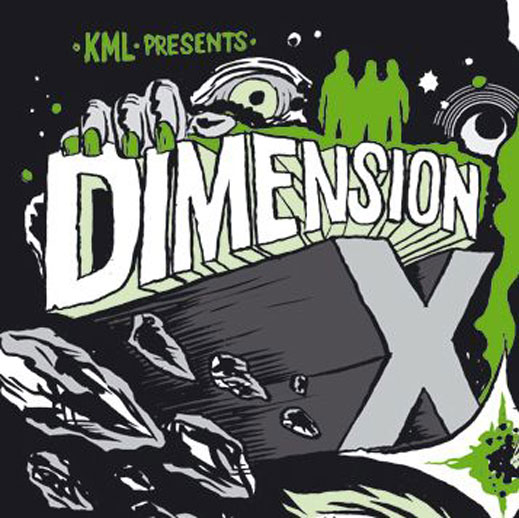
DIMENSION X
...a journey of the incredible

The path-treading encounter of David Chalmin, Chris Corsano and Massimo Pupillo, rock / noise / experimental improvisers - with the universe of the 50s cult science-fiction radio show Dimension X.
Based on stories from the show, each track unfolds the strange world of thinking machines, robots, chaos, Martians, madness ... and humankinds quest for emotion, truth and hope.

